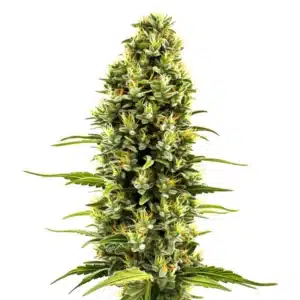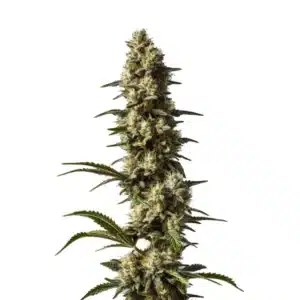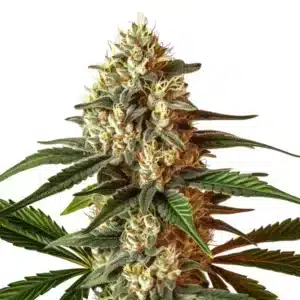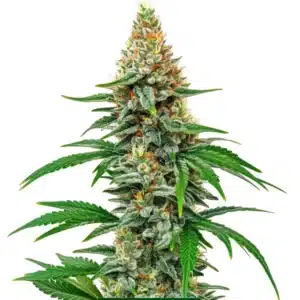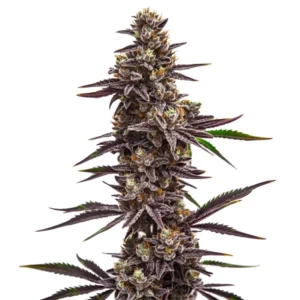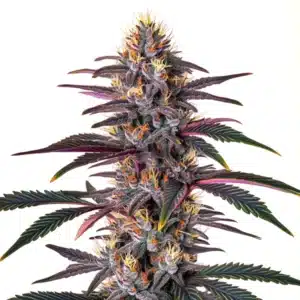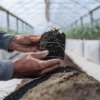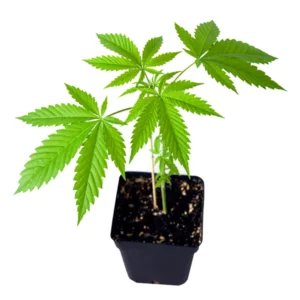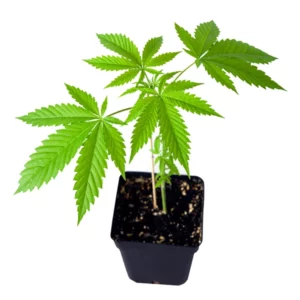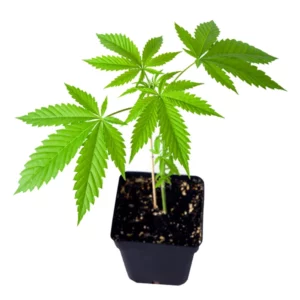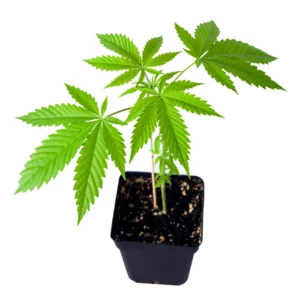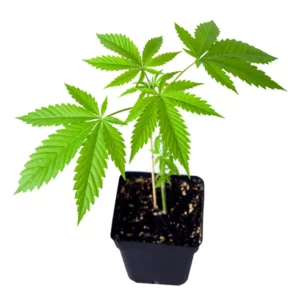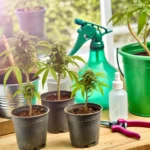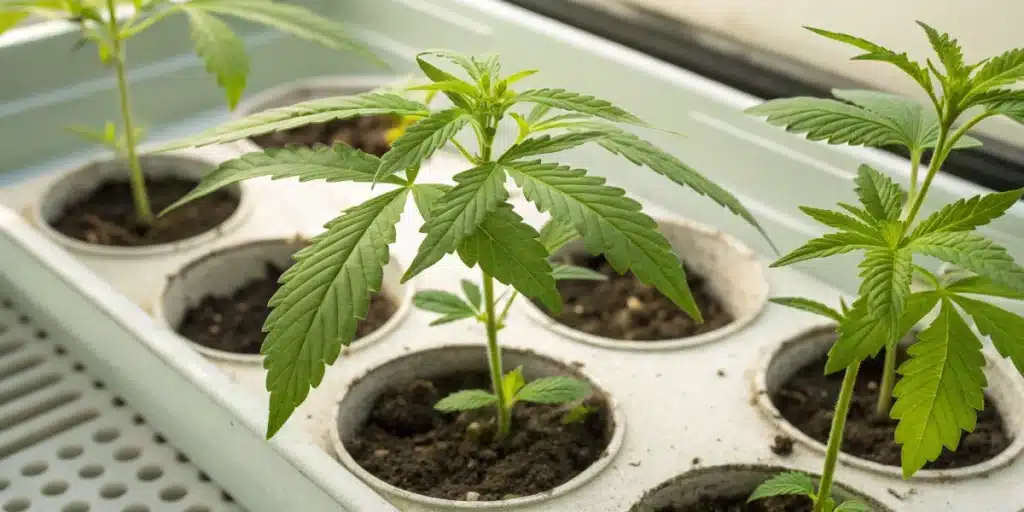
Timing Is Everything: How Long Do Cannabis Clones Take to Root?
Basics of Cannabis Cloning
The world of cannabis cultivation opens up a treasure trove of possibilities, and one of the most effective techniques is cloning. Growers often ask, “How long do cannabis clones take to root?” because understanding this timeline is key to successful propagation. This method allows growers to replicate their favorite strains without the lengthy process of seed germination. Cloning is essentially taking a cutting from a healthy plant and encouraging it to develop roots, producing a new plant genetically identical to the original.
One of the most appealing aspects of cannabis cloning lies in the consistency it offers. When you clone a plant, you ensure that the new plants share the same characteristics, such as flavor, potency, and growth patterns. This uniformity is particularly beneficial for commercial growers who rely on predictable results to meet market demands.
Recommended Strains
Birthday Cake
|
|
THC | 24% - 27% (High) |
|
|
Type | Feminized |
|
|
Yield | High |
|
|
Phenotype | 60% Indica / 40% Sativa |
CBD Strawberry Cake
|
|
CBD | 16% – 18% (Medium) |
|
|
Type | CBD Feminized |
|
|
Yield | Medium |
|
|
Phenotype | 50% Indica / 50% Sativa |
Additionally, cloning can significantly reduce the time it takes to produce a new crop. Instead of starting from seed, which can take weeks to germinate and mature, clones can be ready for transplanting in a matter of weeks. Knowing the specific dynamics of how long cannabis clones take to root is essential for any grower aiming for efficiency and success.
Benefits of Cloning
The benefits of cloning are manifold, especially for those who are serious about cultivating cannabis. For starters, it allows for the preservation of desirable traits. If you find a plant that produces particularly potent buds or has exceptional resistance to pests, cloning ensures that you can replicate those traits in future crops.
Another significant advantage is the reduction in overall cultivation time. Since clones typically root faster than seeds germinate, growers can achieve quicker turnarounds on their harvests. This efficiency is a game-changer, particularly in competitive markets where time and quality are of the essence. Cloning can be a cost-effective method. Instead of purchasing seeds, which can be expensive, especially for premium strains, you can use your existing plants to create new ones. This not only saves money but also allows for a more sustainable approach to cultivation.
Overview of Cloning Techniques
Several techniques are employed in the cloning process, each with its unique advantages and disadvantages. Traditional soil cloning is one of the most common methods. In this approach, cuttings are placed in a growing medium, typically soil, where they receive the necessary nutrients and moisture to encourage root development. Hydroponic cloning has gained popularity due to its efficiency. This method involves placing cuttings in a nutrient-rich water solution, often with the aid of an air pump to enhance oxygenation. Hydroponic systems can expedite the rooting process, promoting faster growth and healthier plants.
Rock wool and peat pellets are also popular mediums for rooting clones. These materials provide excellent moisture retention and aeration, which are critical for developing healthy root systems. Regardless of the technique chosen, understanding how long cannabis clones take to root can help growers select the best method for their needs.
Promos & Deals
Factors Influencing Rooting Time
The time it takes for cannabis clones to root can vary significantly based on several factors. Understanding these influences can help growers optimize their processes and achieve better results.
Environmental Conditions
Environmental conditions play a pivotal role in determining how long cannabis clones take to root. Temperature, humidity, and light exposure all contribute to the success of the rooting process. Clones thrive in warm, humid environments, typically between 70°F to 80°F, with humidity levels around 70% to 80%.
Maintaining consistent temperatures and humidity levels can be challenging, but it’s crucial for encouraging root development. Sudden fluctuations can stress the clones, potentially delaying rooting time. Utilizing a propagation dome can help maintain humidity and protect clones from harsh environmental variables.
Lighting is another critical factor. While clones don’t need as much light as mature plants, they still require adequate light to stimulate growth. A gentle light source, such as fluorescent bulbs or LED grow lights, provides the right spectrum without overwhelming the young plants.
Health and Genetics of the Clone
The overall health and genetics of the parent plant significantly impact how long cannabis clones take to root. A healthy mother plant will produce robust cuttings that root faster than those taken from a stressed or unhealthy plant. Ensuring that the mother plant is free from pests, diseases, and nutrient deficiencies is paramount.
Genetics also come into play. Some strains are naturally more resilient and root faster than others. Indica strains, for instance, often root quicker than their sativa counterparts. Familiarizing yourself with the specific characteristics of the strains you are working with can provide valuable insights into rooting times.
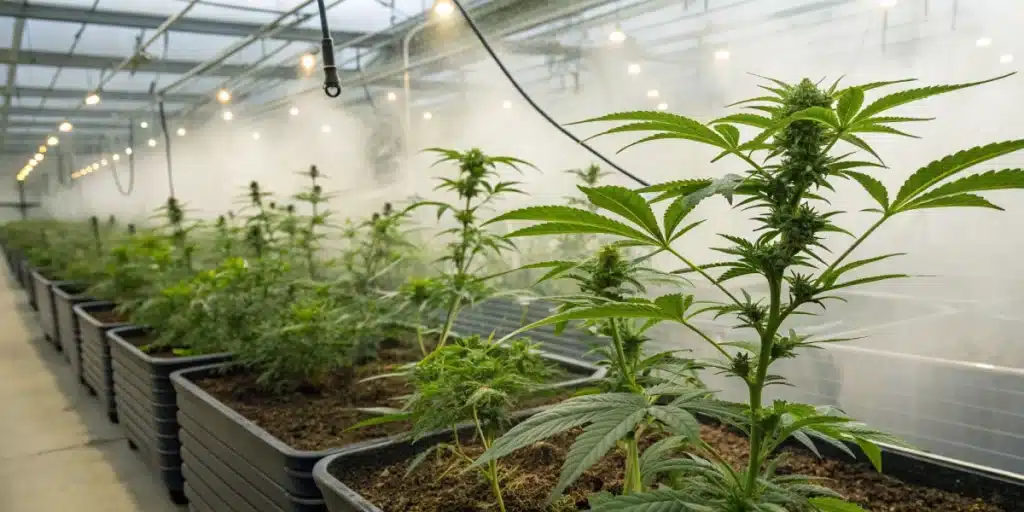
Typical Rooting Timelines
Understanding typical rooting timelines can help growers set realistic expectations for their cloning efforts. While the actual time can vary, having a general idea can streamline the process.
Average Timeframes for Rooting
On average, cannabis clones take between 7 to 14 days to root, depending on the conditions and techniques used. In ideal situations, some clones may root in as little as 5 days, whereas others may take up to three weeks.
Monitoring the clones during this period is crucial. Checking for signs of root development, such as resistance when gently tugged, can provide insight into their progress. Utilizing clear containers for cloning can also allow you to visually inspect root growth without disturbing the cuttings.
Once roots have developed to about 1-2 inches, clones can be transplanted into their final growing medium. Timing the transplant correctly is essential to avoid shocking the young plants, which can occur if they are moved too early or too late.
Variations Among Different Strains
Different cannabis strains can exhibit varying rooting times due to genetic factors. For instance, hybrids may show a middle ground between indica and sativa rooting speeds, while some pure sativas are notorious for taking longer to establish roots.
It’s essential for growers to document their experiences with different strains to develop a better understanding of their specific rooting behaviors. Keeping track of the various factors that influence rooting times can lead to improved cloning strategies and more consistent results in future grows.
Optimizing Rooting Success
To maximize the success of rooting cannabis clones, certain best practices can be employed. These techniques can help streamline the rooting process and enhance overall plant health.
Best Practices for Rooting
Implementing best practices for rooting can significantly improve your cloning success rate. First and foremost, ensure a clean environment. Sterilizing all tools and containers before taking cuttings reduces the risk of disease and contamination.
Using rooting hormones can also catalyze the rooting process. These substances, available in gel or powder form, encourage root growth and can speed up the overall rooting time. Applying rooting hormone to the cut end of the cutting before placing it in the growing medium can yield impressive results.
Common Pitfalls and How to Avoid Them
While cloning can be an effective method for cannabis cultivation, there are common pitfalls that can hinder rooting success. One major mistake is taking cuttings from unhealthy or stressed plants. Always ensure that the mother plant is thriving before making cuttings.
Another frequent error is neglecting environmental conditions. Providing a stable environment with the right temperature and humidity is crucial for encouraging root development. Investing in equipment like hygrometers and thermometers can help maintain optimal conditions.
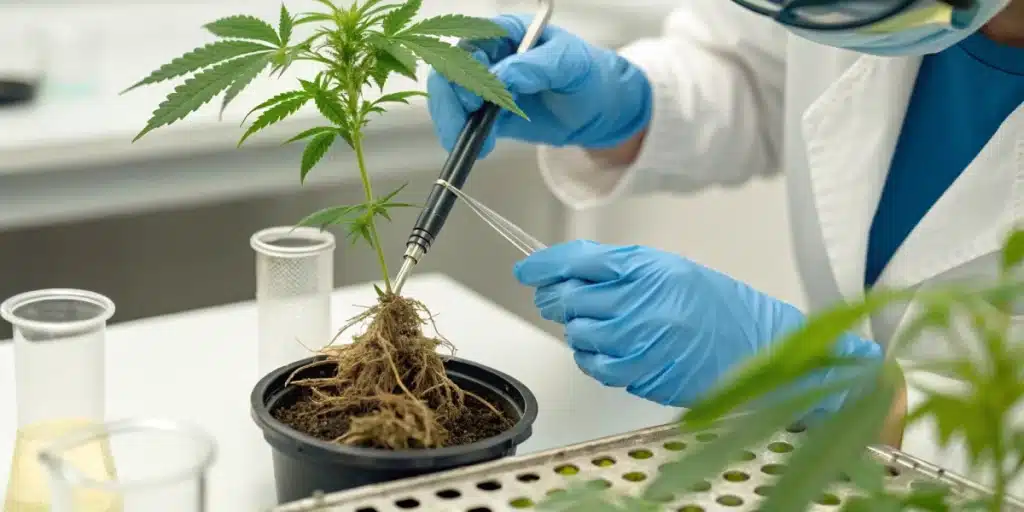
FAQs about How Long Do Cannabis Clones Take to Root
What is the average rooting time for cannabis clones?
On average, cannabis clones take about 7 to 14 days to root. However, this timeline can vary based on environmental conditions and strain genetics.
Can natural methods speed up the rooting process?
Yes, natural methods such as using honey or aloe vera as rooting agents can promote faster root development. These substances contain natural hormones that can stimulate rooting.
What conditions are ideal for faster rooting?
Ideal conditions for faster rooting include maintaining temperatures between 70°F to 80°F, high humidity levels around 70% to 80%, and providing gentle light sources to stimulate growth without overwhelming the clones.


